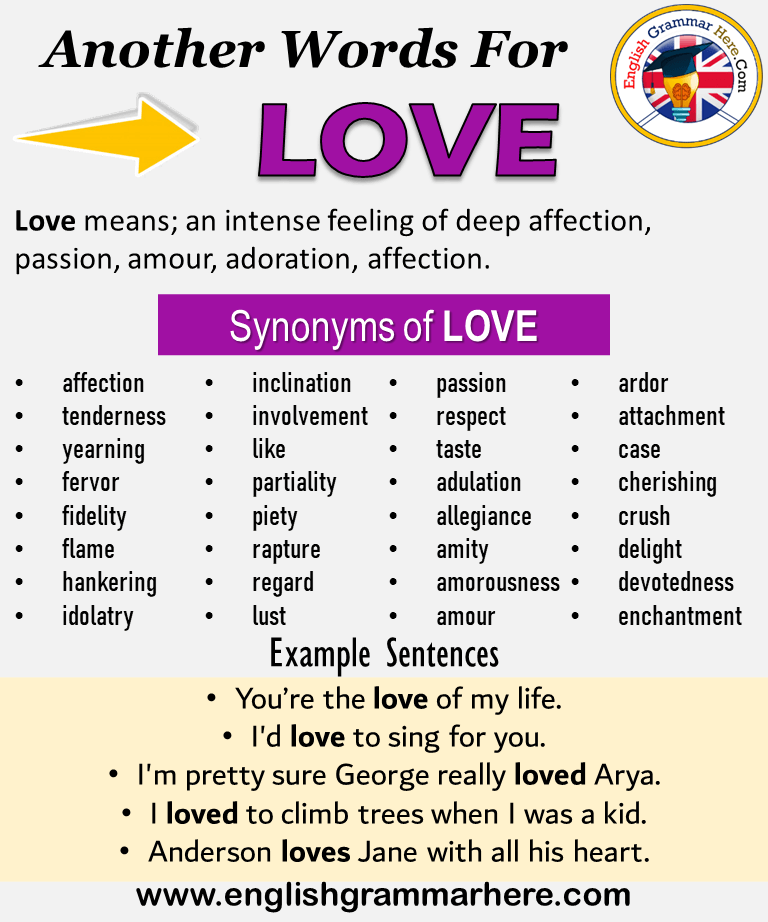

Two monsters, the ferocious toothed "swine whale", and the horned, flashy-eyed "bearded whale" on Olaus's map, given specific names by Gesner. The form krabbe also suggests an etymological root cognate with the German verb krabben 'to crawl". Some of the synonyms of krake given by Erik Pontoppidan were, in Danish: søe-krake, kraxe, horv, krabbe, søe-horv, anker-trold. Shetlandic krekin for "whale", a taboo word, is listed as etymologically related. He also explained the synonym of krake, namely horv was an alternate form of harv ' harrow' and conjectured that this name was suggested by the inkfish's action of seeming to plow the sea. However, Finnur Jónsson remarked that the krake also signified a grapnel ( dregg) or anchor, which readily conjured up the image of a cephalopod. Swedish krake for "sea monster" is also traced to krake meaning "pole". And krake in the sense of "sea monster" or " octopus" may share the same etymology.

Īccording to a Norwegian dictionary, krake, in the sense of "malformed or crooked tree" originates from Old Norse kraki, meaning "pole, stake". The English word "kraken" (in the sense of sea monster) derives from Norwegian kraken or krakjen, which are the definite forms of krake. That said, the claim that Linnaeus used the word "kraken" in the margin of a later edition of Systema Naturae has not been confirmed. Subsequent authors have referred to Linnaeus's writing, and the writings of Bartholin's cetus called hafgufa, and Paullini's monstrous marinum as "krakens". Linnaeus wrote about the Microcosmus genus (an animal with various other organisms or growths attached to it, comprising a colony). Linnaeus may have indirectly written about the kraken. The legend of the Kraken may have originated from sightings of giant squid, which may grow to 13–15 meters (40–50 feet) in length. This led to Jules Verne's depiction of the kraken, although Verne did not distinguish between squid and octopus. The great man-killing octopus entered French fiction when novelist Victor Hugo (1866) introduced the pieuvre octopus of Guernsey lore, which he identified with the kraken of legend. The French malacologist, Denys-Montfort, of the 19th century is also known for his pioneering inquiries into the existence of gigantic octopuses. Pontoppidan was the first to describe the kraken as an octopus (polypus) of tremendous size, and wrote that it had a reputation for pulling down ships. However, the first description of the creature is usually credited to the Norwegian bishop, Pontoppidan (1753). This description was followed in 1734 by an account from Dano-Norwegian missionary and explorer Hans Egede, who described the kraken in detail and equated it with the hafgufa of medieval lore. Kraken, the subject of sailors' superstitions and mythos, was first described in the modern age at the turn of the 18th century, in a travelogue by Francesco Negri in 1700. The kraken ( / ˈ k r ɑː k ən/) is a legendary sea monster of enormous size said to appear off the coasts of Norway. The lakes and ponds that have still water usually run quite deep and anyone mistaking its external calm as inviting could get into a lot of trouble, very quickly.Colorized facsimile – hand-colored woodcut or pen and wash This is seen in almost all water bodies where external calm cannot be relied upon, especially in waters that are still. The seashore provides a sense of calm and serenity to people but often when one gets too close the actual waves can be seen.

The phrase originates in English in the 14 th century but could be older since it has been taken from a natural phenomenon. It is there claimed as being of Bactrian origin. The earliest mention of the proverb come out in Classical times in the form “ altissima quaeque flumina minimo sono labi” that means, the deepest rivers flow with least sound in a history of Alexander the Great by Quintus Rufus Curtius.


 0 kommentar(er)
0 kommentar(er)
